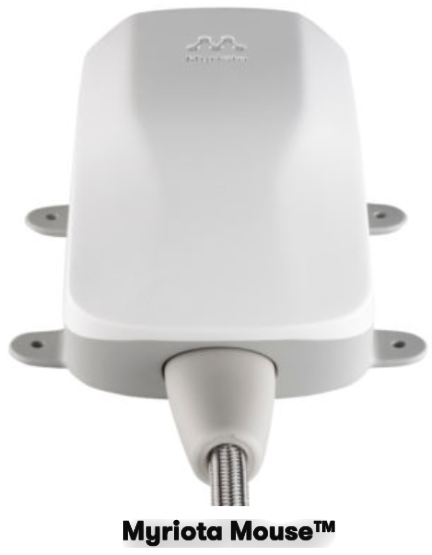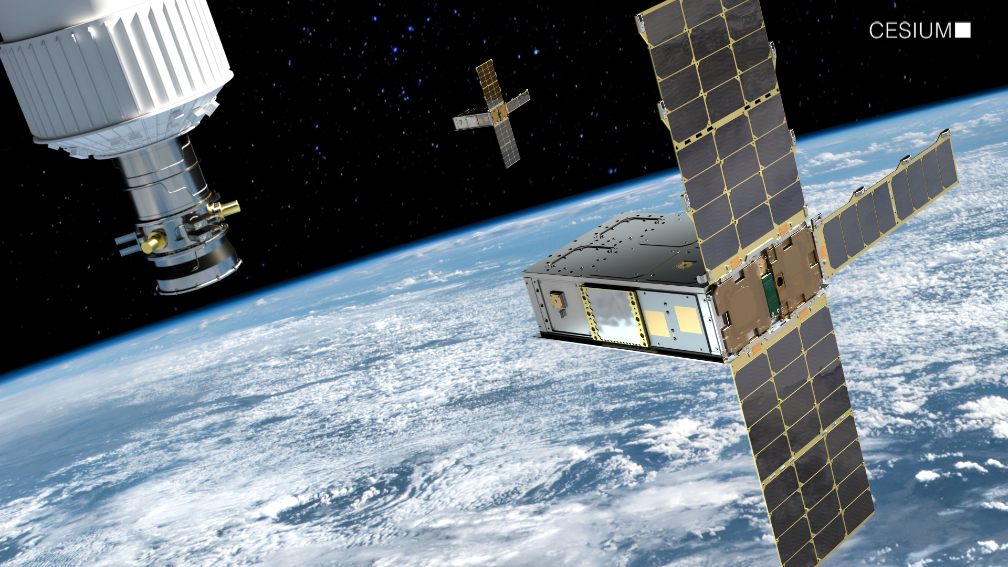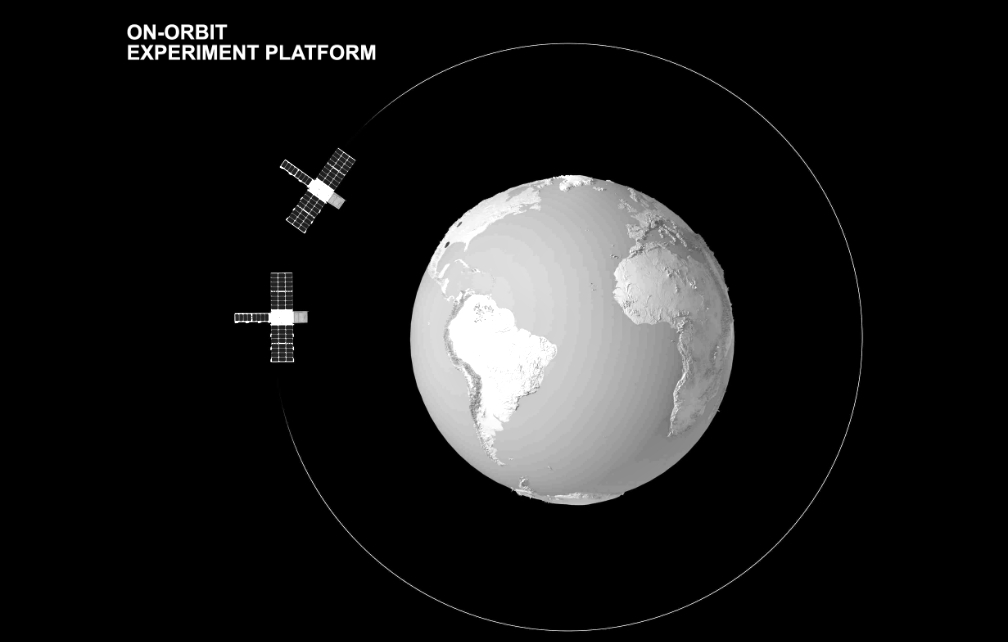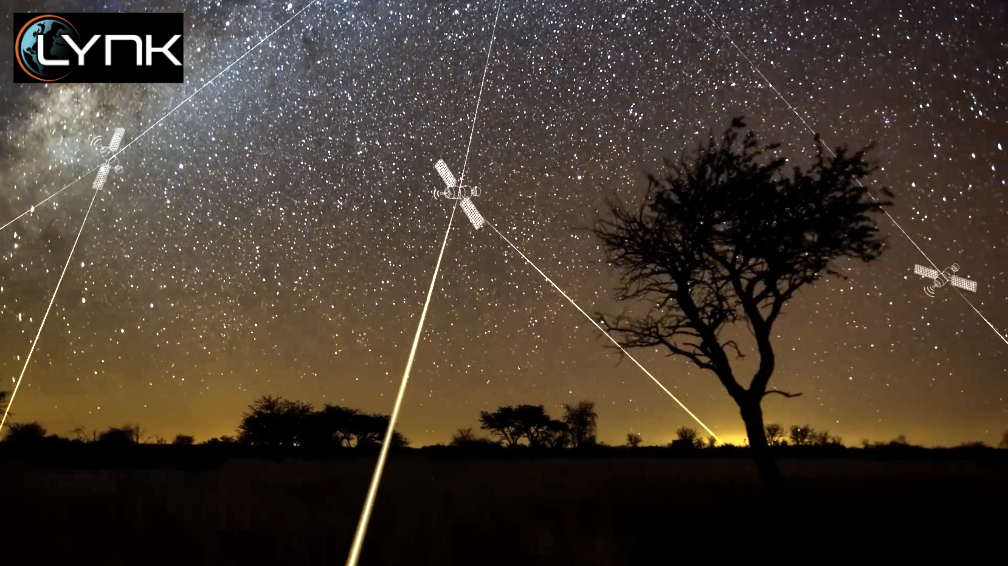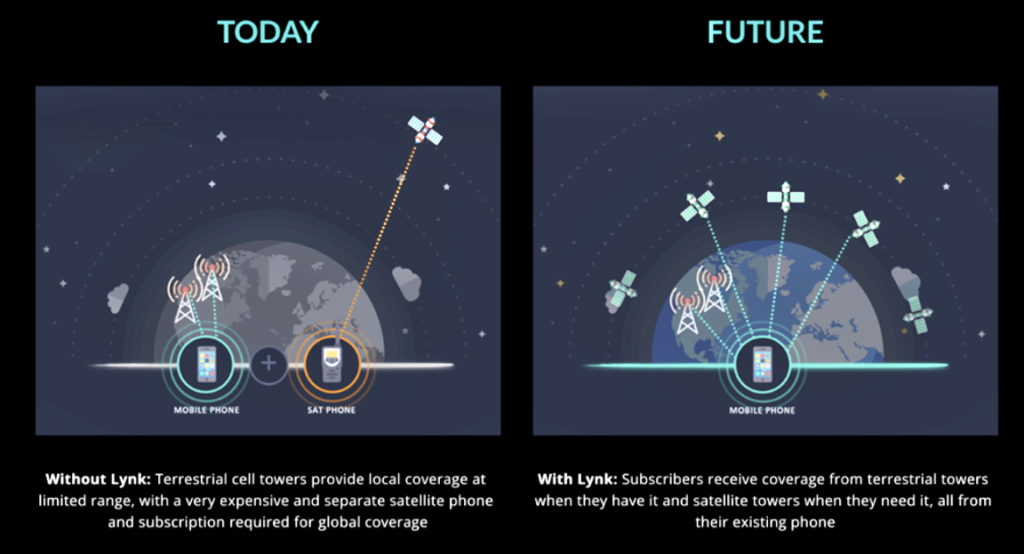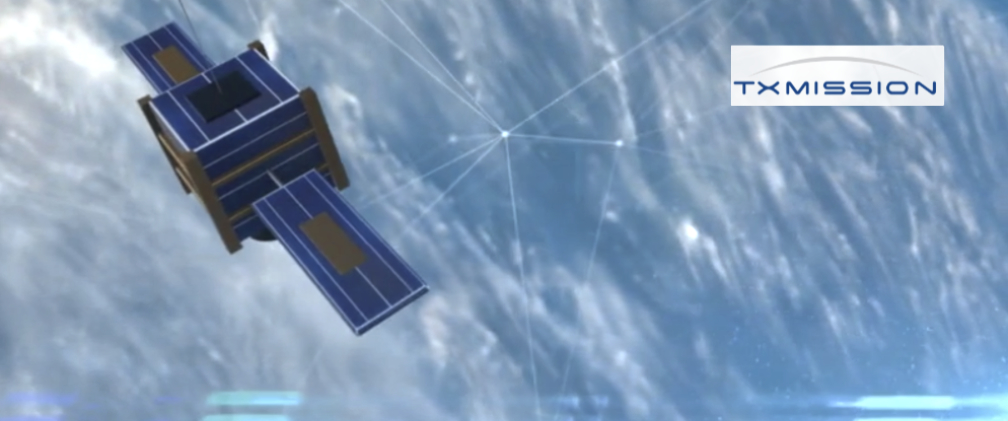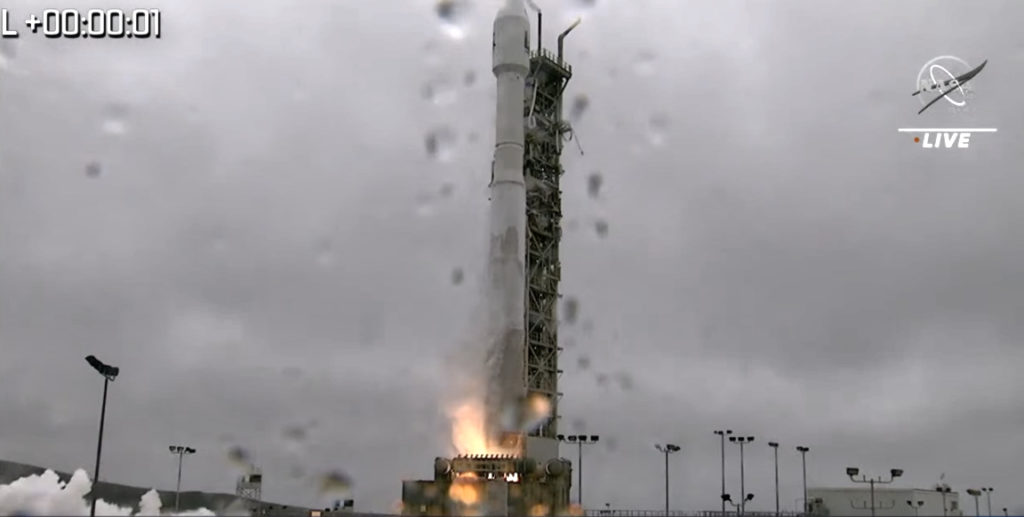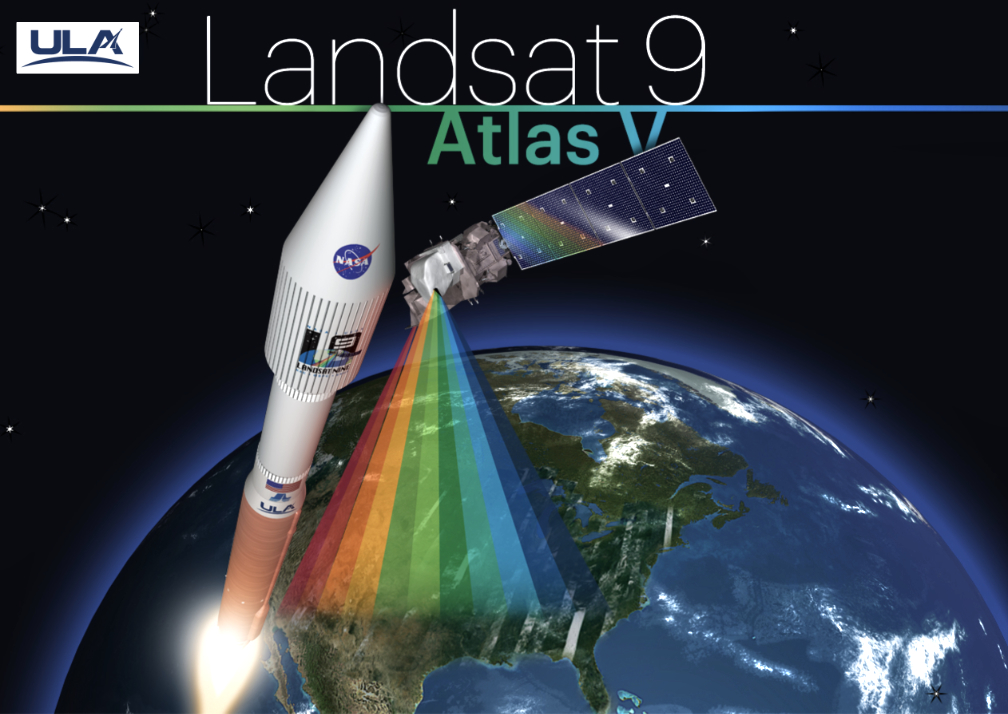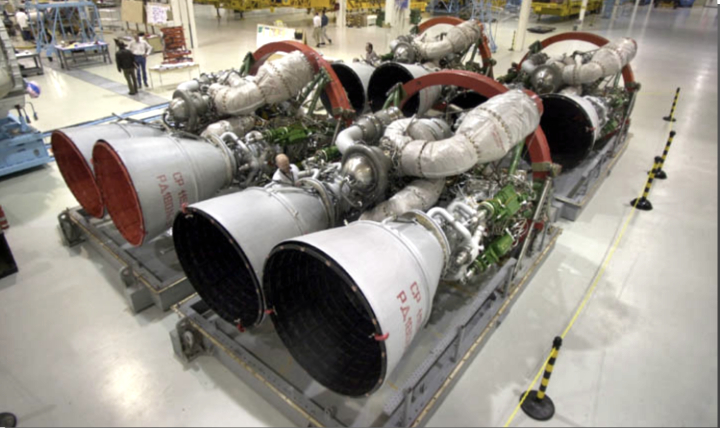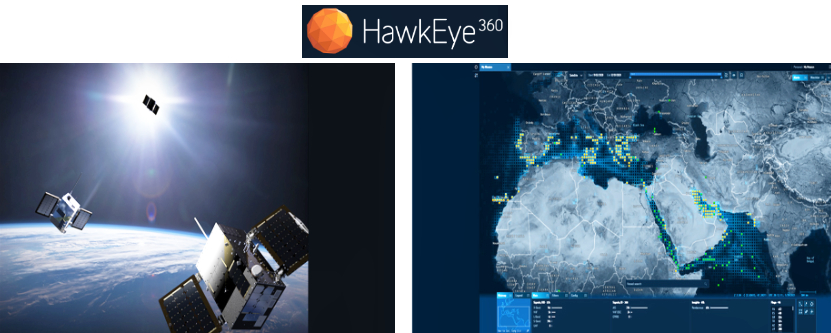
HawkEye 360 Inc. has secured new contracts totaling more than $50 million in potential value since the start of the year as the firm’s next generation satellites have become operational.
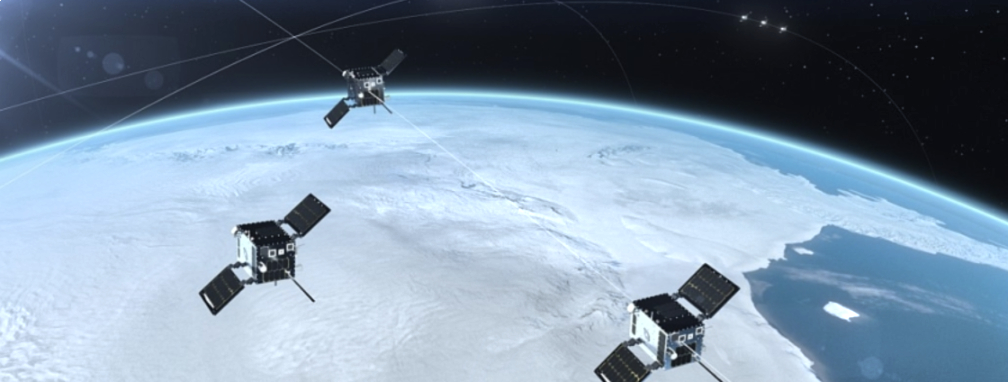
HawkEye 360 successfully launched three satellites (Cluster 2) in January, introduced the Mission Space platform for analysis of RF geospatial intelligence in February, and launched three more satellites (Cluster 3) in June. The next launch is planned no earlier than January 2022 and will carry six satellites (both Clusters 4 and 5) into orbit, simultaneously. The company has 15 additional satellites under production for launch to reach a total of 30 satellites on-orbit, with average global revisit around 30 minutes.

The company’s formation-flying satellites can detect, characterize as well as geolocate devices such as radars and push-to-talk radios, which improves visibility of human activity and patterns of life. This new data produces actionable insights for national defense and homeland security operations, maritime domain awareness, environmental protection and a growing number of commercial applications.
“HawkEye 360 is experiencing an exceptional year, with record growth in customer engagements and bookings,” said HawkEye 360 CEO John Serafini. “We’re building depth of customers across the United States, Americas, Europe, Middle East, and Asia, including transitioning from pilot programs into programs of record. We are rapidly launching satellites to have sufficient capacity to meet our rapidly growing backlog of customer demand. And our team has demonstrated resiliency even during the challenges posed by the coronavirus pandemic. The company has been doubling revenue each year and we expect this year to be no different.”


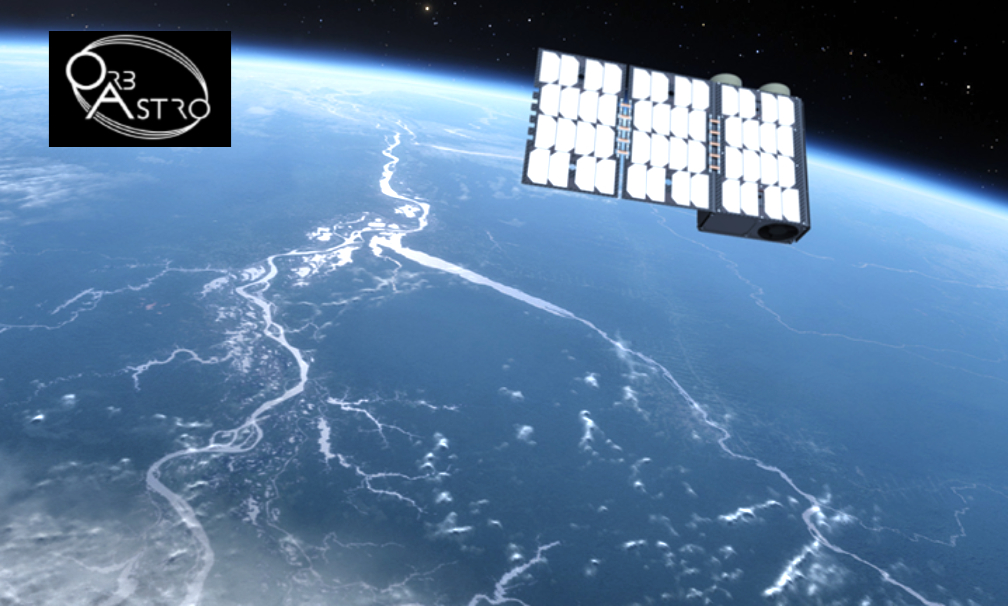
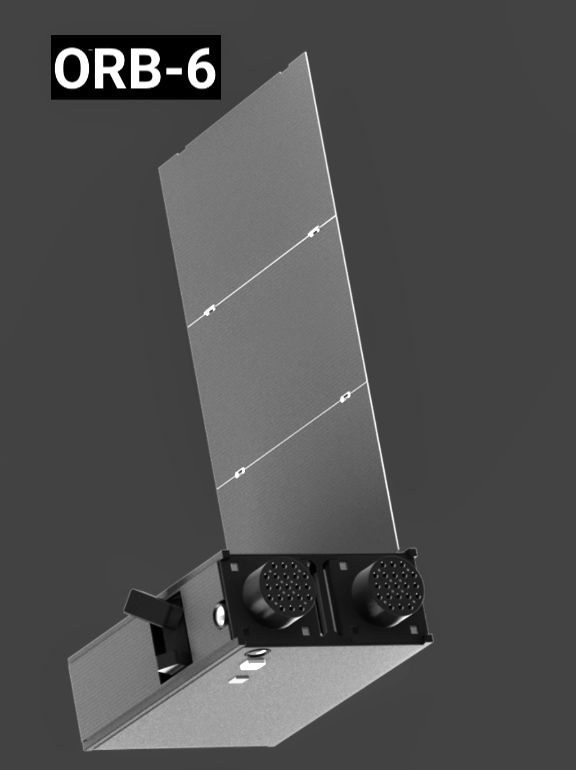


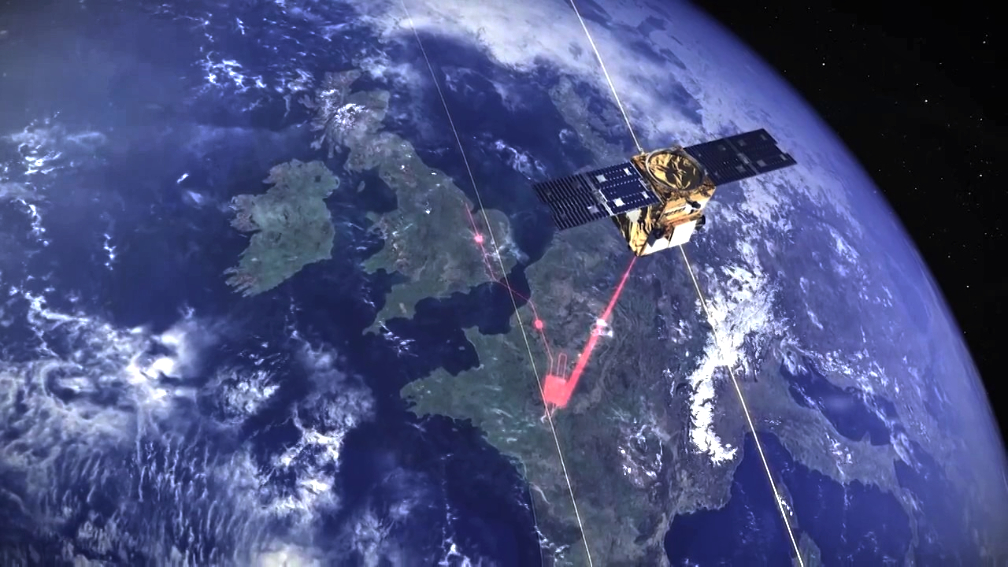


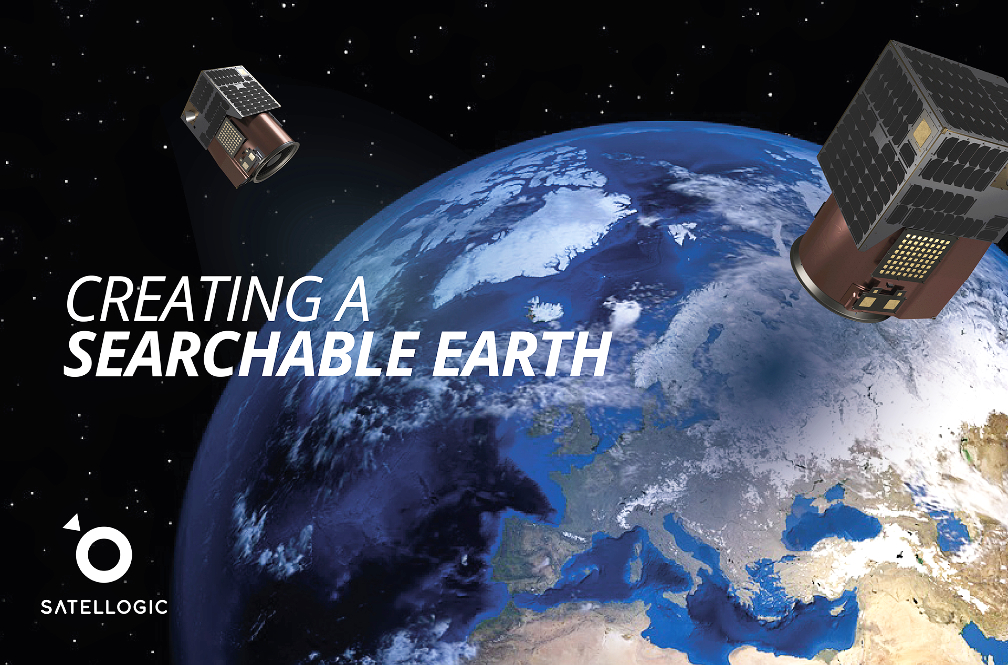

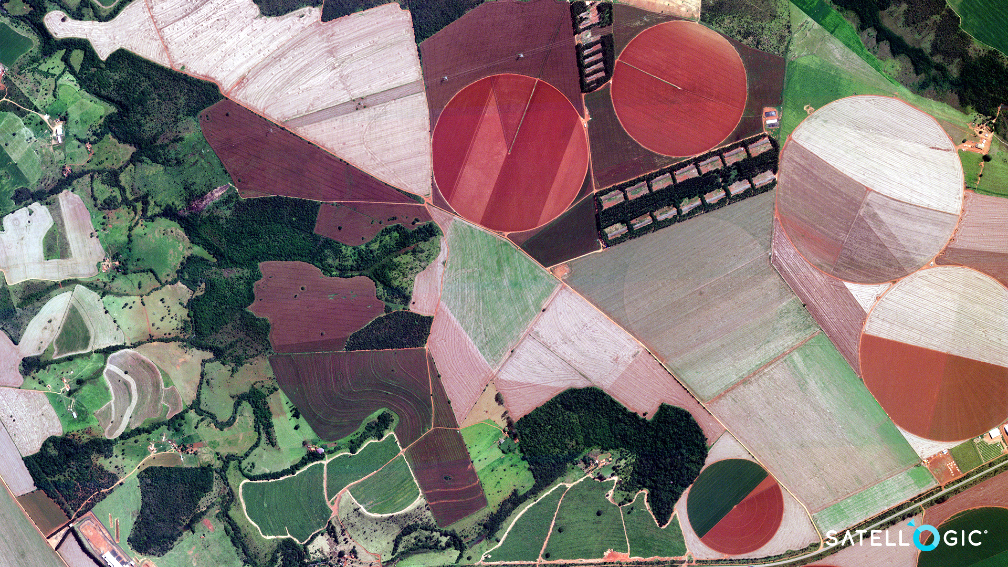


 ; a plug and play external antenna that is custom-built for satellite IoT applications.
; a plug and play external antenna that is custom-built for satellite IoT applications.